Hello, this is Joshua, always eager to talk about Western music.
For the 19th installment, I’ll be discussing Simon & Garfunkel (hereafter, S&G). If I had to sum them up in one phrase, it would be: “The most legendary duo of the 1960s—harmonizing voices and disharmonizing personal relationships.”
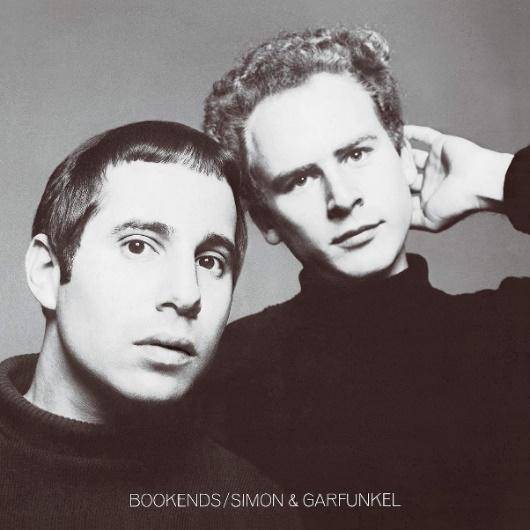
S&G, as their name suggests, were a folk-pop duo consisting of Paul Simon (vocals, guitar) and Art Garfunkel (vocals). Their history can be roughly summarized as follows: Elementary school classmates → Releasing albums under various names, but none sell → Duo disbands → A revival hit comes out of nowhere, leading to a reunion → Releasing a string of masterpieces in the late 1960s → I want to be an actor (Art) → I want to go solo (Paul) → Duo breaks up in 1970 → They reunite multiple times, only to break up after fighting again ← And this is where they are now. Even if you don’t recognize the name Simon & Garfunkel, you’ve probably heard their iconic songs somewhere— “The Sound of Silence”, “Mrs. Robinson”, “El Condor Pasa (If I Could)”, and “Bridge Over Troubled Water”.
Personally, my strongest connection isn’t with their prime years, but rather with their reunion live album and video, The Concert in Central Park (1982). This was a recording of their one-night-only reunion free concert held in Central Park, New York, on September 19, 1981. Imagine two artists who had broken up at the peak of their careers coming together for a single night in their hometown. To give a Japanese equivalent, it would be like BOØWY suddenly reuniting for a one-night-only free concert in Yoyogi Park.
■ Simon & Garfunkel - The Concert in Central Park
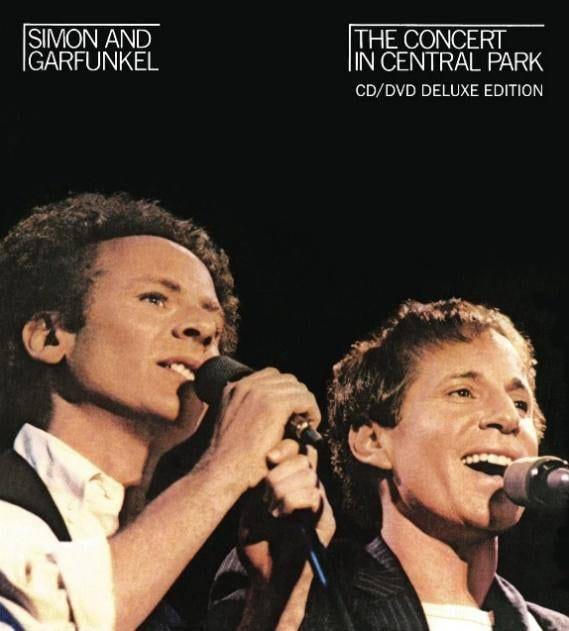
A few years after the album’s release, I was a high school student, captivated by the video at the Victor Music Plaza showroom inside Big Box Takadanobaba in Tokyo. This was the era when CDs were just emerging as cutting-edge media, and the internet was nonexistent. Home video players (a term that has become obsolete) were not yet widespread, and even if you owned one, music video tapes were priced at around 15,000 yen—far beyond my reach. The only way to watch music videos was at record stores (as they were called back then) or electronics shops. And in those cases, you had no control over what was played—no rewinding, no fast-forwarding, and certainly no choosing the artist or song.
Now, back to the album. Simon, the short and serious-minded perfectionist, and Garfunkel, the intellectual yet free-spirited and whimsical figure, were polar opposites. Yet, when it came to singing, they were perfectly in sync. The opening track, “Mrs. Robinson”, showcases their impeccable harmony, as if they had never taken a ten-year hiatus.
■ Simon & Garfunkel “Mrs. Robinson”
From there, they continued to deliver a pure, live performance to an audience of 500,000 (!), backed by some of New York’s finest musicians: Steve Gadd (drums), Anthony Jackson (bass), and the late Richard Tee (keyboards). Recently, I came across an article about the behind-the-scenes struggles of this concert. Apparently, the two clashed so much during the planning stage that the concert was nearly canceled. Nevertheless, they somehow made it happen, and in the final stretch of the show, they performed “Old Friends”—a song that symbolized their complicated, lifelong relationship. The fact that this concert went ahead and became a historic masterpiece truly made it a miraculous night.
At the time, my fascination wasn’t just with Simon’s guitar technique or his harmony with Garfunkel. I had also begun appreciating session musicians, so every time Steve Gadd or other band members appeared on screen, I’d excitedly think, Oh, there he is! The band’s ability to enhance the music without overshadowing the vocals was mesmerizing. Simon’s solo tracks, “Late in the Evening” and “50 Ways to Leave Your Lover”, featured Gadd’s signature drum fills. Richard Tee showcased his phase-shifted Rhodes piano. And then there was Anthony Jackson—laying down a solid foundation yet playing so freely when the moment called for it. A prime example of this is during Simon’s solo piece “Kodachrome”, which transitions into a cover of Chuck Berry’s “Maybellene”. As the song builds up, Jackson’s basslines become increasingly playful, even to the point of avoiding the root notes entirely. Yet, his choices fit perfectly.
■ Simon & Garfunkel “Late in the Evening”
■ Simon & Garfunkel “Kodachrome” / “Maybellene”
Fast forward to 1991. I was traveling in Boston when I heard a DJ announce on the radio, Paul Simon will hold a free concert in Central Park tomorrow. The thought of reliving that legendary concert thrilled me so much that I changed my plans on the spot. I traveled over 300 km to New York to attend the show on August 15, 1991. However, for a Japanese tourist, the reality of New York was brutal. No matter how much I walked around Central Park, I could barely see anything through the sea of people. I remember hearing “You Can Call Me Al” and “Late in the Evening” from afar, but ultimately, I spent the entire concert buried in the crowd. Watching the later live album and video, I felt no connection to what I had experienced firsthand. I later learned that before the concert, Garfunkel had asked Simon if he could join, but Simon turned him down.
■ Paul Simon - Paul Simon’s Concert in the Park
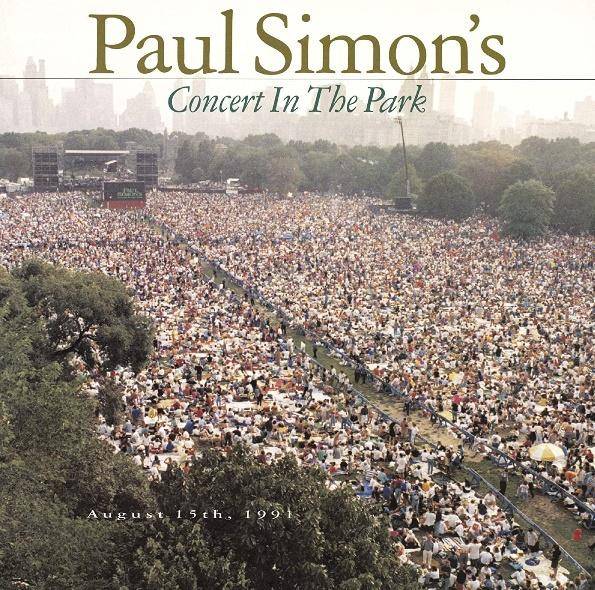
In 1993, S&G reunited again and performed at the Tokyo Dome on December 2. I went to the show, but all I have are bad memories. It was the very definition of a "cash grab concert." Despite being backed by an all-star band—including Steve Gadd, Armand Sabal-Lecco (bass), the late Michael Brecker (sax), and the late Phoebe Snow (choirs)—the performance completely squandered their talent. The singing (especially Garfunkel’s) was terrible, the duo lacked cohesion, the band played mechanically, and the entire concert lasted barely an hour. My strongest memory? The opening act, Kōsetsu Minami, singing “Kandagawa”—which got a better reception than S&G themselves.
For years, I thought I was the only one with such a negative opinion. (Not that anyone had asked me about it.) However, while researching for this article, I found that many others felt the same way, which was oddly reassuring. When S&G returned to Japan in 2009, I refused to go out of sheer principle. Given that they added an extra show at Budokan on top of their four major dome concerts, they must have drawn plenty of fans—but at this point, I no longer care.
Even after all these experiences, my love for S&G’s music remains unchanged. The Concert in Central Park is an irreplaceable masterpiece. Fortunately, we no longer need to spend a fortune on video tapes to watch it—it’s available for free on YouTube. Even after 40 years, this legendary concert has not lost its brilliance. I highly recommend you experience it for yourself.
The “sound & person” column is made up of contributions from you.
For details about contributing, click here.











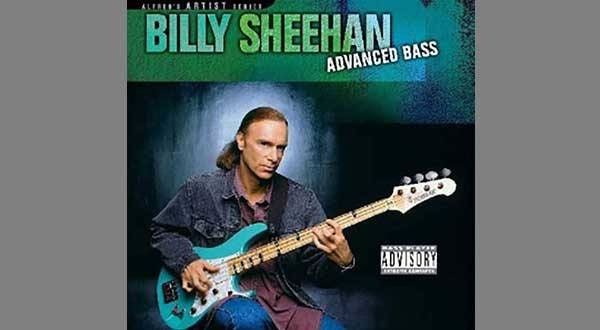
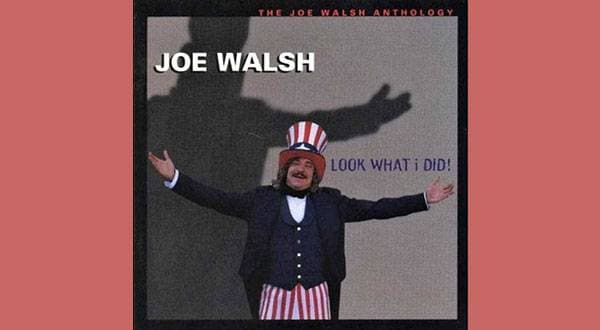
![Rock’n Me 15: Talking About Western Music - One-Man Bands [Prog Only]](/contents/uploads/thumbs/5/2022/1/20220128_5_16436_1.jpg)
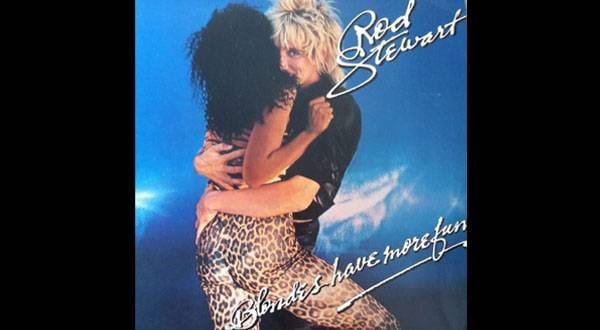
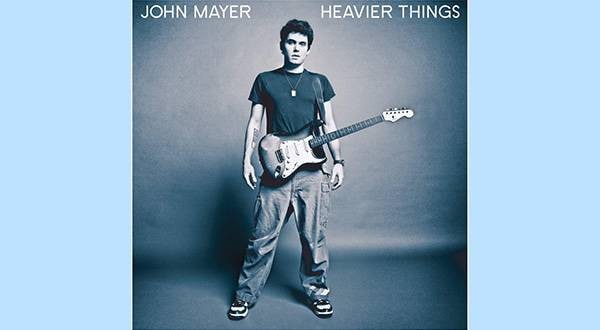
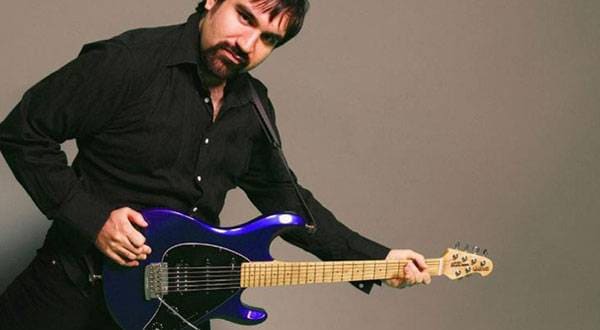
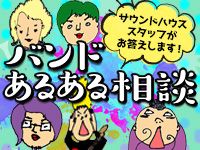 バンドあるある相談
バンドあるある相談
 基礎から学ぶベースレッスン
基礎から学ぶベースレッスン
 SONEX 吸音材特集
SONEX 吸音材特集
 サウンドハウス社員が選ぶ 『おもしろ商品』はコレだ!
サウンドハウス社員が選ぶ 『おもしろ商品』はコレだ!
 DTMセール情報まとめ
DTMセール情報まとめ
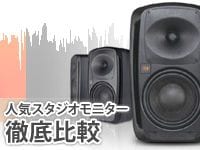 人気スタジオモニター徹底比較
人気スタジオモニター徹底比較















